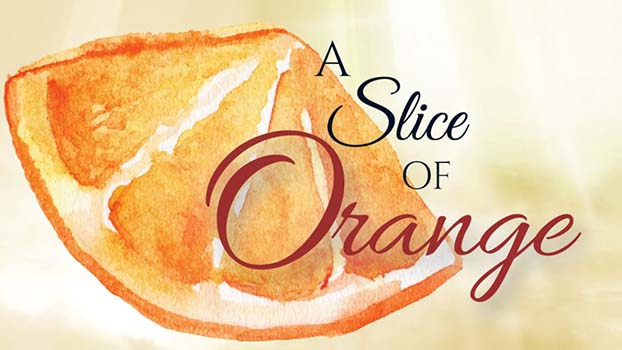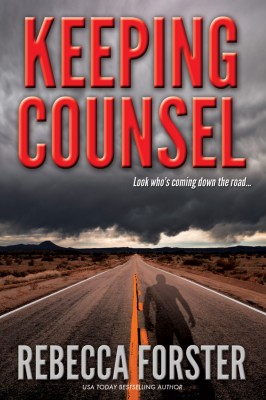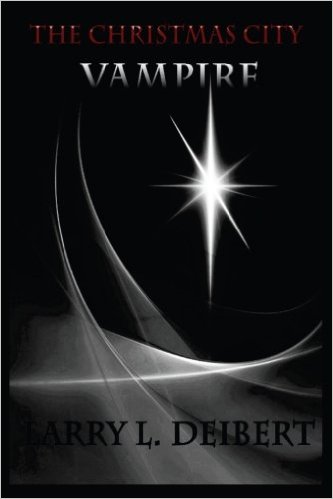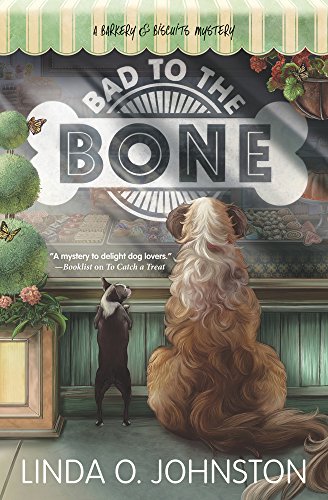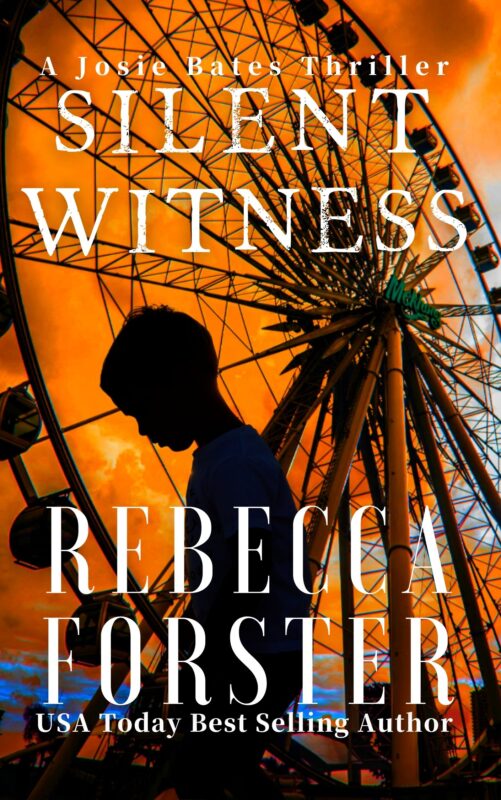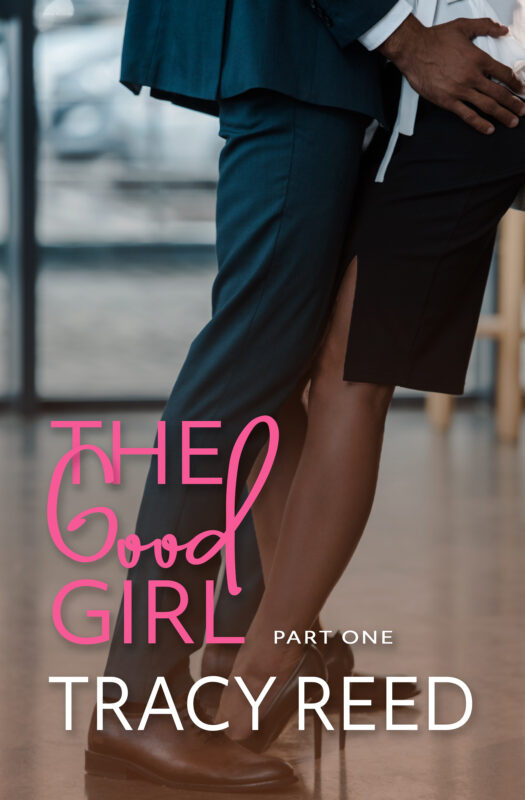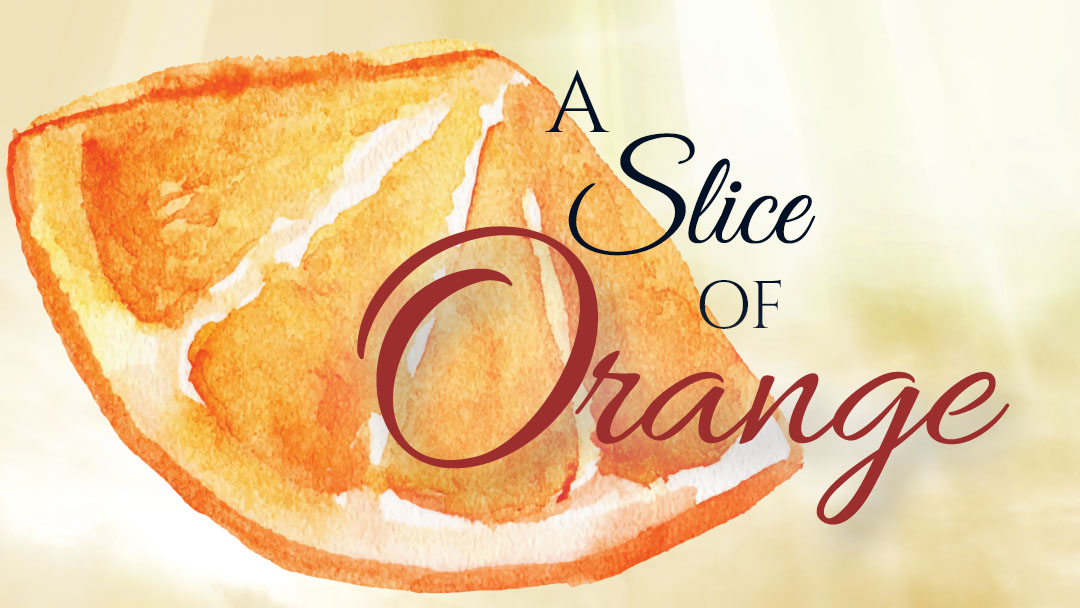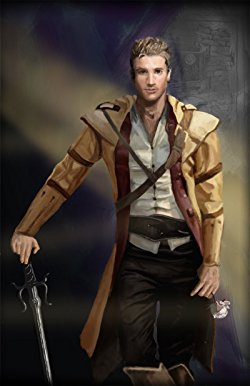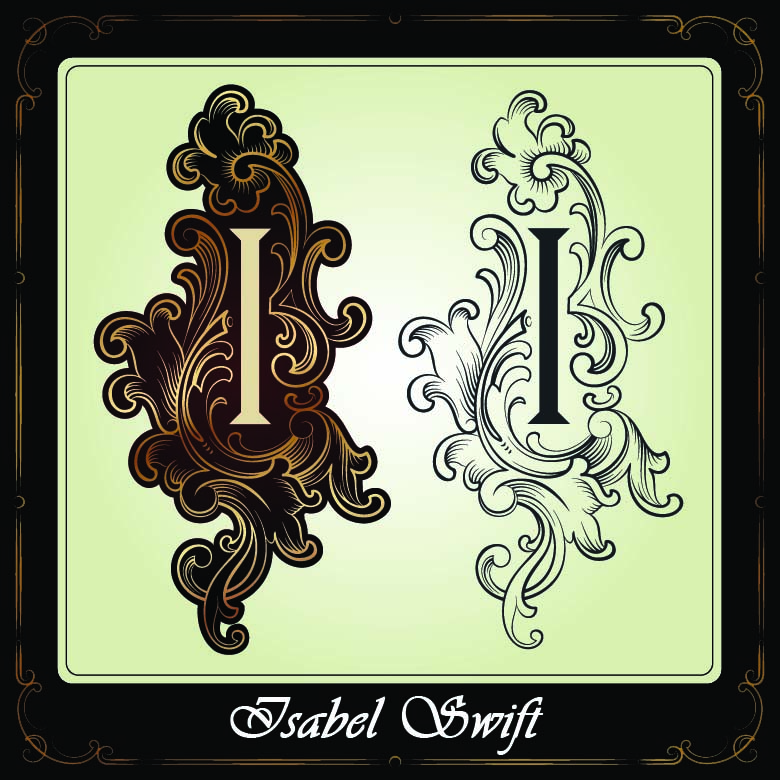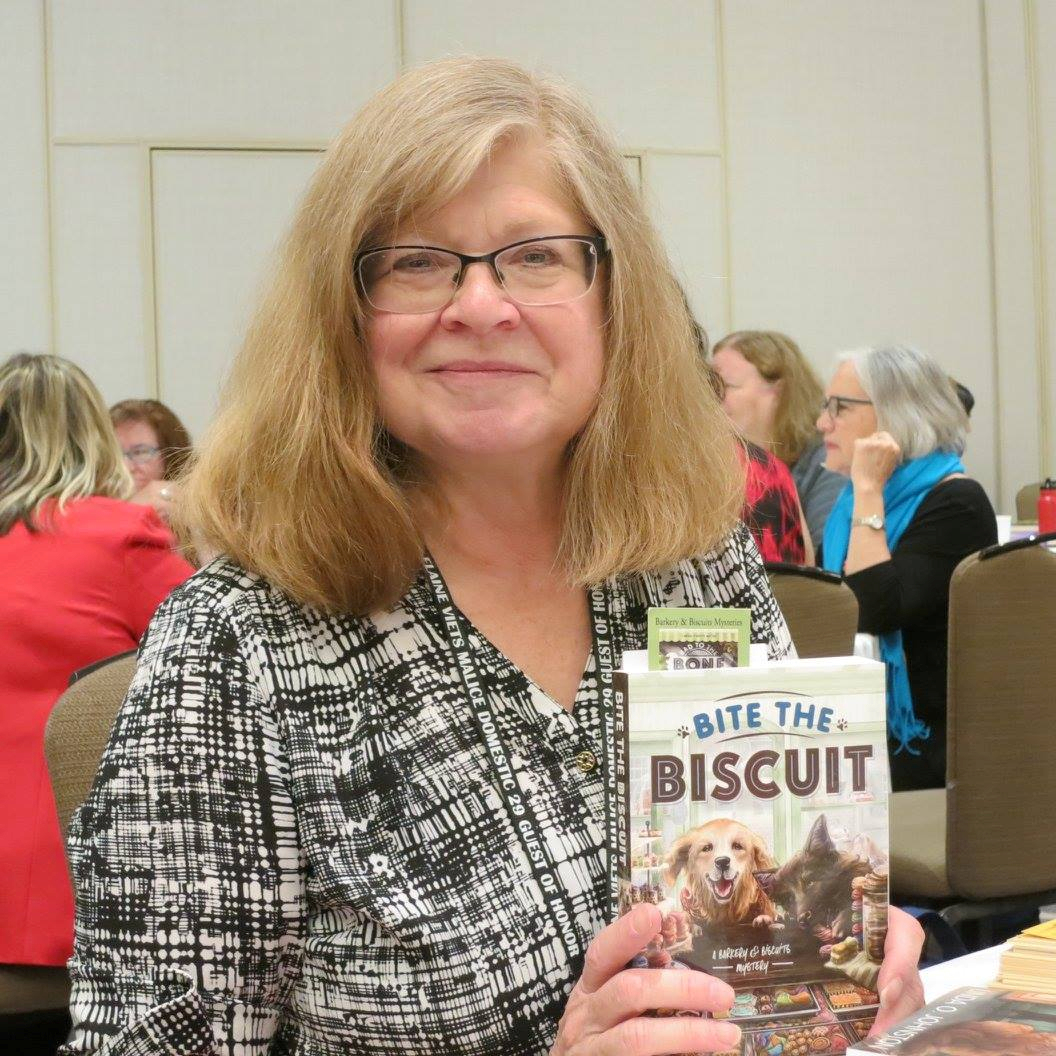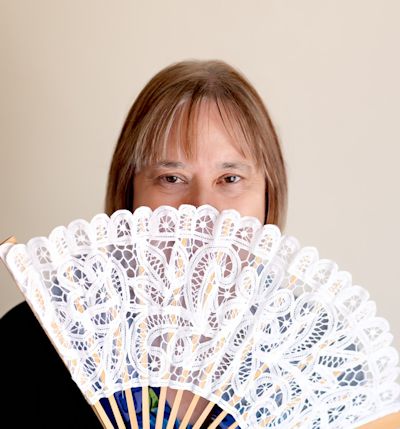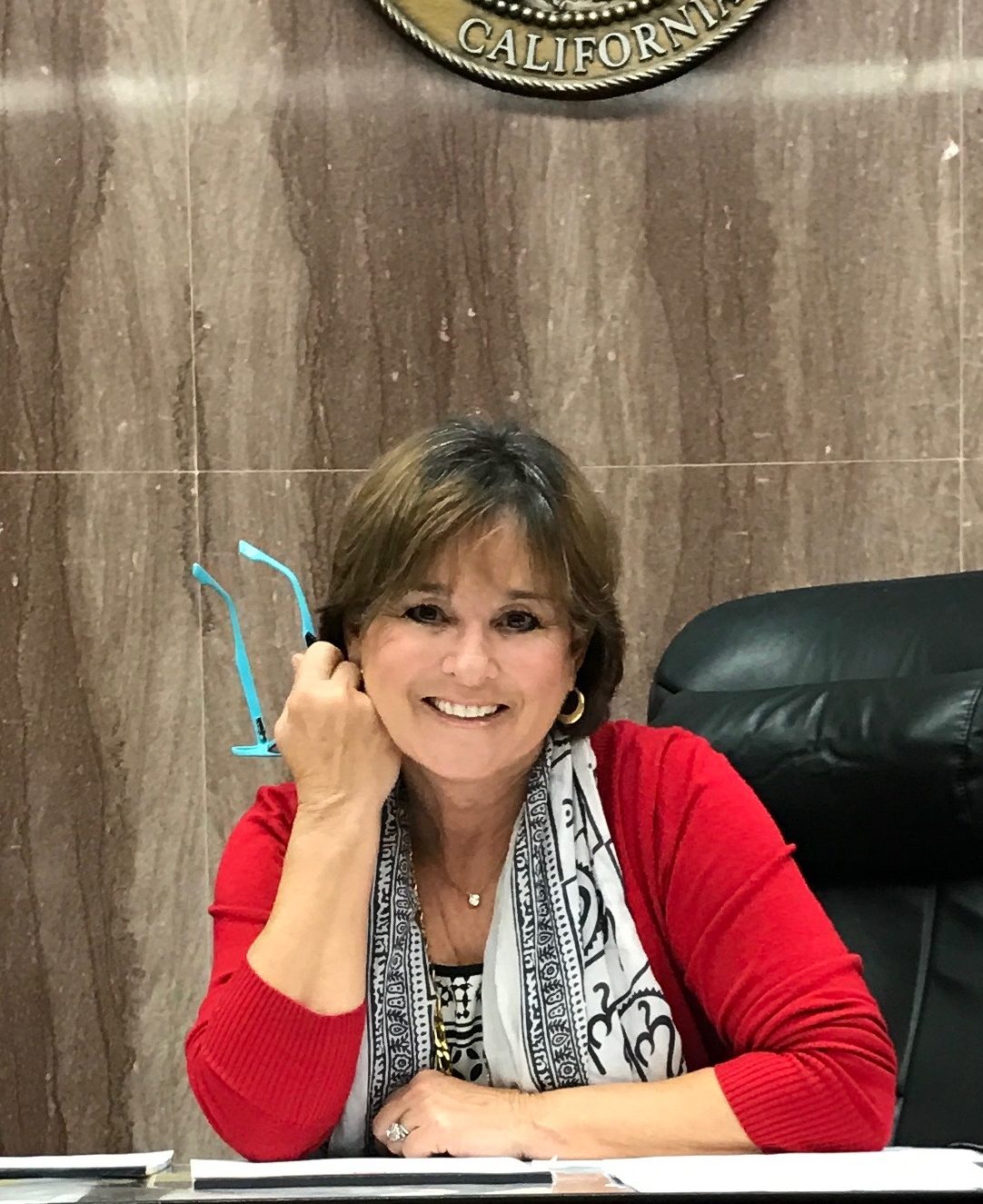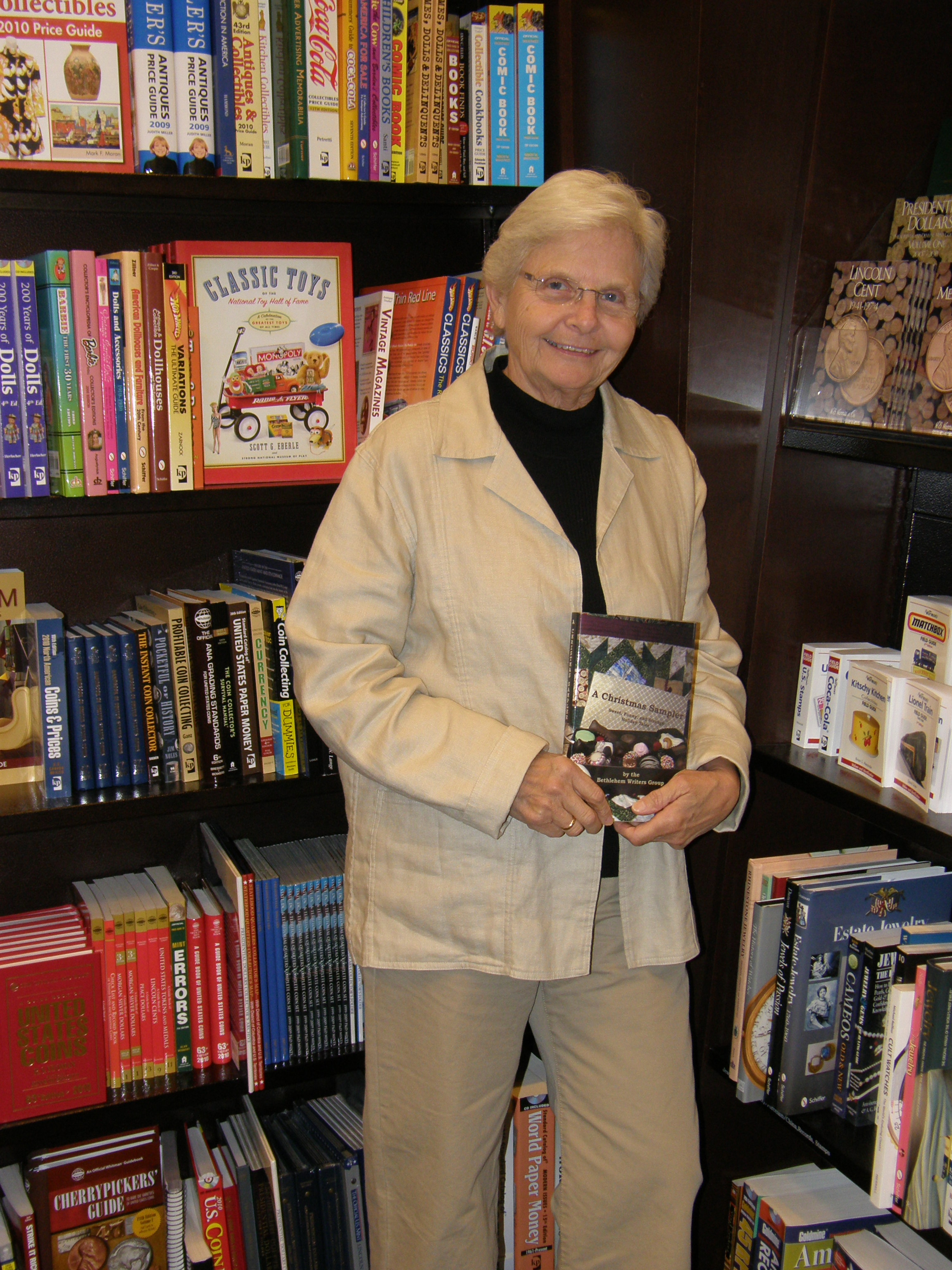Characterization by E. J. Williams
May 3, 2021 by Janet Elizabeth Lynn and Will Zeilinger in category Starting a Novel Series with a Partner by E. J. Williams tagged as first in a new series, writing, writing craft, writing partners
Starting a Novel Series with a Partner
Characterization
by E.J. Williams
(Janet Elizabeth Lynn & Will Zeilinger)
My husband, Will Zeilinger, and I co-write the thrillers of INTERNATIONAL MYSTERY SERIES, as E. J. Williams. Our tales transport the reader from 1962 southern California to various international locales. In the first new book of the series, STONE PUB, we find ourselves in County Cork, Ireland.
The first book sets the tone and is the foundation of all future books in a series. The main characters will appear over and over again. They have to be strong and memorable. The character must be able to grow and change through several books while remaining exciting and unpredictable. Keep in mind that you, too, will be living with them for some time, so you, as the author, must like them also.
As a couple, we often think back to people we’ve met or know, then we kick it up a little…or a lot. At first, it wasn’t easy to choose. We had so many. Then we realized we didn’t have to choose…we could combine, which made for powerful, strong, funny, and capable characters that can sustain the reader’s interest over the course of the series.
Supporting each other and valuing the ideas we each bring to the table make for great characters. Remember, the crucial thing is to write a good story. So stay tuned. There is more to come.
STONE PUB is the first in the series, and yes…we are still married!
Website: Janet Elizabeth Lynn
Website: Will Zeilinger
Janet”s and Will’s
Skylar Drake Series
(Hover over the covers for buy links. Click on the cover for more information.)
Writing The Dreaded Book Blurb by Jenny Jensen
March 19, 2021 by Jenny Jensen in category On writing . . . by Jenny Jensen tagged as Blrubs, clickbait, Marketing, writing
Cartoons by John Atkinson, www.wronghands1.com
Writing The Dreaded Book Blurb
Every author faces this last crucial challenge. You’ve already spent untold hours researching, writing and editing your book. Your title hits just the right poetic note. You’ve gone several tense rounds to find the perfect cover. All that remains is the book blurb, the opening salvo in the promotional war. This is the first (and sometimes only) chance to grab a reader and compel them to buy the book. And so, like click bait, you need to lure your reader with an honest but irresistible snap shot.
It’s an art, this writing of a synopsis that isn’t a synopsis, this sell copy that isn’t an ad. And for something that isn’t a science there are strict rules: you have to be honest – no misleading the reader. No spoilers or why bother to read it – which can be tough since the spoiler is often the most exciting part of the story. Keep it at 200 words or less and don’t make it one run-on paragraph. Use the proper keywords for your genre. Reveal something about the antagonist – readers like to know if they can root for the hero. This isn’t the place to relate the entire plot but you have to provide the zeitgeist, the feel of the tale. No easy task.
A lot of the writers I work with find this daunting and ask for help, which I am happy to provide. I think it’s difficult for the writer to step far enough away from their work to pick out the enticing, salient points and present them with the tension and intrigue that make for a successful blurb. To the author, all story points are important. I get that, but as an avid reader I know what works for me in a blurb. It’s not how much is said, but how compellingly it’s said.
I start with a deconstruction approach. It’s possible to distill any story down to bare bones. In his book Hit Lit – Cracking the Code of the Twentieth Century’s Biggest Bestsellers James W. Hall provided the most distilled example I’ve ever seen. This is a beloved tale that we all know intimately: “A young girl wakes in a surreal landscape and murders the first woman she sees. She teams with three strangers and does it again.” It’s short, accurate and intriguing but would it sell the book?
I wouldn’t distill it down that far but it makes a great beginning. What if we knew something about the young girl – an orphan, a princess, a refugee? And what about the surreal landscape – gaping desert, oozing swamp, forbidding mountains? Then the three strangers – female, male, older, menacing, kindly? Is all this murdering spurred by necessity, thrills, defense, the three strangers or is it unintended manslaughter? And finally, what is the young girl up to – revenge, enlightenment, finding a way out of the surreal landscape? Flesh out those points, add some genre keywords, reference any kudos and you could turn those original 24 spartan words into a 160 – 200 word blurb that would peak curiosity and entice the shopper to buy.
If you can step away from the totality of your story and deconstruct the plot to the primary elements, then present those elements in a provocative way you can create an effective selling tool with your book blurb. BTW, that book Hall described? The Wizard of Oz.
Jenny
2 0 Read moreChange of Plans
March 5, 2021 by Tracy Reed in category Pink Pad by Tracy Reed tagged as Marketing for Authors, publishing, read tracy reed, writing
Happy March.
I have a confession. I am a writer who hasn’t released a new book in over a year. There, I said it. I can’t believe my last new release was late 2019.
I will not lament about the ups and downs of 2020, nor will I use the pandemic as an excuse for not publishing a book. Instead of publishing a new book, I concentrated on completing a book, which I did. Truthfully, my plan was to release The Good Girl Part Trois last year, but that didn’t happen.
Instead, I reread it and realized it needed a little work. A little work quickly turned into a lot of work. I’m not complaining because I’m very pleased with the story. However, I’m a lot disappointed I let so much time lapse between releases. The extra time gave me some perspective and an opportunity to figure out a launch plan.
I listened to several podcasts and You Tube videos searching for a new release launch plan. In the end, I decided to try something completely different slow and escalating. I would love to land in a bestseller spot at the end of release day or week. To accomplish such a feat would take a lot more planning than I have. My plan takes patience. I look at it as setting my book up for long term sales.
First step in my plan, push the release date back. This was a difficult decision to make. After all, in Jann’s post as well as mine, I said my release date was February 23rd. Why the change? A couple of things…lack of time and a couple of amazing promotion opportunities. As it got closer to the middle of February, I felt rushed. Although I was going with a slow crawl release plan, I still felt rushed. The other reason was promotion slots.
I forgot it was difficult to book premium newsletter slots without reviews. Since I hadn’t finished tweaking the edits, I didn’t have time to secure additional beta readers. I was in trouble. Thank God, I had the opportunity to participate in a couple of free giveaways.
I was already considering making book one free as a lead in for the series. When these opportunities came up, jumped on them and made the first two books free. This got me to thinking, instead of trying to buy a lot of newsletter ads for the new release, I’m buying ads for the first two books. I’ll stagger them for maximum the exposure. Bottom line, I’m going to promote these free books like crazy for a month. Hopefully, this will lead to a lot of pre-orders for book three. I’ll let you know how it turns out.
Second, reformat books one and two. I knew I had to upload the new covers which would only literally take a few minutes with Vellum. All I needed was the original file. Sounds easy, except for one minor detail, I couldn’t find the file. It wasn’t until I had spent a couple of hours searching my computer, that I remembered I didn’t format them.
Once I found the original files, I loaded them and in a matter of minutes the books were formatted. However, before calling it a day, I reread the books and made a few tweaks. That’s a joke. I re-wrote a few chapters. In the end, I added a few hundred words and modified some of the character behavior to match up with books three and four. This little task took about a week to complete. I didn’t stop there. I also decided to update the style of the book which led to another week of work.
I thought I was done with the first two books, until I realized I needed to update the print versions as well. If this was a new release, this step could have waited, but these were books that were already out. I took them down on Amazon, but I think they might still be up. This may sound bad, but I hope no one buys a print version until I get the new version uploaded.
Amazing how something which seemed simple turned into a major project. I wasn’t looking forward to reformatting the print books. Again, I was feeling pressured. I use Vellum and this turned out to the the perfect time to try their print version. In a matter of seconds, I had a print version of my book. It was nice, but I tweaked it with some special chapter headers. I like the file, now all I need to do is order the proof. I’m going to try to release the print version for book three on release day, but it might have to wait a couple of weeks. I need a break.
What does the rest of my release plan look like? A lot of ads. I already have a Facebook ad running, but I’m going to increase the spend and add another one. Funny thing, I mentioned two of the promotion events I’m doing are for free books. I set the books as free on all the platforms except Amazon. I was waiting a few days. However, someone must have requested a price match for The Good Girl Part One, because Amazon set it as free. As of this posting, it was #11 in Black & African American Romance and #14 Two-Hour Romance Short Reads. Seems like my plan is working.
Now all I need to do is finish the edits, format and continue with my launch plan. I’ll let you know how it turns out.
Weird Things in 1950s Los Angeles by Janet Lynn and Will Zeilinger
March 3, 2021 by Janet Elizabeth Lynn and Will Zeilinger in category Partners in Crime by Janet Elizabeth Lynn & Will Zeilinger tagged as historicals, Los Angles, research, writingFrom our archives . . .

Did you know the Capitol Records building has been sending out hidden messages since 1956?

As many tourists will tell you. One of the most recognizable landmarks of Hollywood (besides the Hollywood sign and the Chinese Theater) is the round Capitol Records building. It opened on April 6, 1956. That evening a red light on the tip of the spire atop the building at 1750 Vine Street (a couple blocks north of Hollywood Boulevard) began spelling out H-O-L-L-Y-W-O-O-D in Morse code.
Then Capital president Alan Livingston ordered the light be added as a symbol that the Capitol Record label was the first with a presence in Los Angeles. Except for the years 1992 when the light blinked out C-A-P-I-T-A-L 5-0, celebrating Capitol Records fiftieth anniversary and 2016 when it flashed C-A-P-I-T-O-L 7-5 for the company’s seventy-fifth anniversary, the red light atop the spire continues to flash the original message.
World famous singers and musicians made Capitol Records their label, including: Nat King Cole, Ella Fitzgerald, Billie Holiday, Frank Sinatra, The Beach Boys, Judy Garland, Dean Martin and many more.

Even the most casual observer can see that the wide curved awnings over the windows on each story and the tall spike emerging from the top of the building resembles a stack of records on a turntable. But, Lou Naidorf, the building’s designer, didn’t have that in mind at all.
While Hollywood has undergone a lot of changes, this landmark has held its ground. Even in the 21st century, while many well known artists are recording music in a digital format. Turntables and vinyl LPs have regained popularity. Perhaps the meaning of the Capitol Records building’s design will once again be connected with the entertainment capitol of the world.
This iconic building was featured in several movies, including the 1974 movie “Earthquake,” 1997’s “Volcano” and 2004’s “The Day After Tomorrow” where it met an undignified demise. Despite these cinematic disasters, the light atop the building blinks out its H-O-L-L-Y-O-O-D message to this day.
Books by Janet Lynn and Will Zeilinger
February Featured Authors: The Extra Squeeze Team
February 1, 2021 by The Extra Squeeze in category Featured Author of the Month, The Extra Squeeze by The Extra Squeeze Team tagged as February Featured Authors, HO Charles, Jenny Jensen, Rebecca Forster., Robin Blakely, The Extra Squeeze, The F bomb, writing
Each week in February we’ll be featuring The Extra Squeeze Team.
Ever wonder what industry professionals think about the issues that can really impact our careers? Each month The Extra Squeeze features a fresh topic related to books and publishing.
Amazon mover and shaker Rebecca Forster and her handpicked team of book professionals offer frank responses from the POV of each of their specialties — Writing, Editing, PR/Biz Development, and Cover Design.
Have you a question for The Extra Squeeze Team? Send them to us by using this handy link.

From The Extra Squeeze Archives
Is the F word a bomb?
We’ve read books with it all over the place and yet notice that readers object to it.
Does anyone really like using it?
Would another word do?
When is it necessary?

Rebecca Forster
USA Today Bestselling author of 35 books, including the Witness series and the new Finn O’Brien series.
Is the F word a bomb?
What kind of fucking question is that?
What kind of friggin’ question is that?
What kind of question is that?
Actually, this is a great question and one I am happy to weigh in on because the use of the F-word had an impact it had on my career.
I began my career as a romance writer (I was fired from this gig because I kept killing characters before they fell in love. My editor suggested a genre change.) I never used the F-word when I wrote romance. When I moved to contemporary women’s fiction I used it sparingly in these longer, more intricately plotted books (the word was only uttered by bad guys).
When I upped the ante and moved into a male dominated genre – legal thrillers – everything changed. Writing became tighter, characters multi-faceted, plots ‘torn from the headlines’ were much grittier. In my writing the F-bomb was spoken by hard charging attorneys and socially marginalized criminals alike to underscore their tenacity for fighting for justice in the former instance or illustrate disdain for the system in the latter.
Hostile Witness* was the first book where I really let loose. Lots of male thriller writers used the word, why not me? My editor at Penguin/Putnam had no problem with it and approved the book. When the Hostile Witness was traditionally published, I received no letters of complaint.
Then came the Internet. I republished the first three books of the Witness Series* and readers started posting reviews as easily as they clicked their Kindle. I remember the first bad review I received because of my use of the F word. It said, “The language in this book is vile. I will never read this author again.”
That stopped me cold, so I went back to the files and searched how many times I had used the F-word. I was shocked and embarrassed by what I found. In my quest to establish myself as a hard-edged thriller writer, I had gone overboard. Using profanity to the degree I had took the reader out of the story at best and offended them at worst. I asked myself, was there a better way to write a scene? A better way to inform a character? Had I been a lazy author and fallen back on a word rather than my skill to get a point across?
The answer to all these questions was yes. Now I use the word friggin’ or cut the word off at Fu — and let the reader’s mind fill in the blank. Bottom line, I took the review to heart, objectively looked at my work and made an informed decision before I re-edited the book. Did I lose anything by banning the F-word?
(F-word deleted) no.
*Hostile Witness is Free to readers.
**Sign up for my mailing list and get Hostile Witness and the Spotlight Novella, Hannah’s Diary, Free.

Jenny Jensen
Developmental editor who has worked for twenty plus years with new and established authors of both fiction and non-fiction, traditional and indie.
The Urban Dictionary defines ‘F-bomb’ as “the strongest weapon in one’s verbal arsenal” (a bit extreme, but it makes the point). Is it necessary to use in fiction? No, not necessary, but sometimes appropriate. The plot, the scene, the character, the action, the tone can all come together to make the F-word the only adjective or expletive that works. In that case, it should be a shocker – a strong, realistic part of the narrative rhythm. The word should be chosen with consideration and, by all the writing gods, don’t overuse it. Repetition strips the word of any value; it just becomes distasteful, silly and embarrassingly adolescent.
It wasn’t long ago a writer would never consider using the word, nor would a publisher let them, although the F word was understood to have the strength of a bomb.
from The Maltese Falcon (Dashiell Hammett, 1930)
The boy spoke two words, the first a short guttural verb, the second ”you”.
“People lose teeth talking like that.” Spade’s voice was still amiable though his face had become wooden.
Great, right!? There are so many options for word smithing around the F-word but that requires thought and skill. Too many authors take the easy way out and use it as verb, adjective and noun. That’s just lazy or the mark of a poor writer.
I recently ran across this Amazon review:
I gave it 5 stars, because the writing, the sense of humor the detective has, and the story! All great! In fact, you are such a good writer, you don’t need to use the “F” word as much as you do! Your characters are great without it!
Such a good writer…you don’t need to use… the reviewer said. That’s exactly what I mean.

Well, a bomb is something designed to explode on impact, so I guess if you want to f-bomb effectively, it needs to be unexpected! In that case, it’ll only detonate properly in the most delicate, sweetest and appeasing of godly novels! But, of course, readers don’t always like to be shocked so hard that they fall off their chairs, and using language that is not in-keeping with the story will only make it jar, in my opinion. As writers, we aim to torture and make our readers emotional from time to time, but there’s intent and then there’s intent.
I don’t mind using swear words – their offensiveness changes over time, and the F-bomb (being polite for you all here), is hardly the most offensive word or phrase out there at the moment. In some novels it’s absolutely appropriate to include swearing, and the target readership will reflect that. I do think over-reliance on a single swear word is a negative thing though. There are so many varied ways of swearing, and it’s up to the author to come up with setting- or character-appropriate vocabulary. In my fantasy novels, I frequently use ‘follocks!‘ (an obvious portmanteau of f**k and boll**ks), because it conveys the emotion I want, but also carries humour and sets the imaginary world apart from this one.
What do you think of using the F-word in fiction? Let us know in the comments.
Affiliate Links
A Slice of Orange is an affiliate with some of the booksellers listed on this website, including Barnes & Nobel, Books A Million, iBooks, Kobo, and Smashwords. This means A Slice of Orange may earn a small advertising fee from sales made through the links used on this website. There are reminders of these affiliate links on the pages for individual books.
Search A Slice of Orange
Find a Column
Archives
Featured Books
SILENT WITNESS
A mentally challenged child is dead; his father will stop at nothing to see the killer punished.
More info →THE GOOD GIRL PART ONE
Gabriella Townsend is by all definition a "Good Girl." Her life is about to change.
More info →Newsletter
Contributing Authors
Search A Slice of Orange
Find a Column
Archives
Authors in the Bookstore
- A. E. Decker
- A. J. Scudiere
- A.J. Sidransky
- A.M. Roark
- Abby Collette
- Alanna Lucus
- Albert Marrin
- Alice Duncan
- Alina K. Field
- Alison Green Myers
- Andi Lawrencovna
- Andrew C Raiford
- Angela Pryce
- Aviva Vaughn
- Barbara Ankrum
- Bethlehem Writers Group, LLC
- Carol L. Wright
- Celeste Barclay
- Christina Alexandra
- Christopher D. Ochs
- Claire Davon
- Claire Naden
- Courtnee Turner Hoyle
- Courtney Annicchiarico
- D. Lieber
- Daniel V. Meier Jr.
- Debra Dixon
- Debra H. Goldstein
- Debra Holland
- Dee Ann Palmer
- Denise M. Colby
- Diane Benefiel
- Diane Sismour
- Dianna Sinovic
- DT Krippene
- E.B. Dawson
- Emilie Dallaire
- Emily Brightwell
- Emily PW Murphy
- Fae Rowen
- Faith L. Justice
- Frances Amati
- Geralyn Corcillo
- Glynnis Campbell
- Greg Jolley
- H. O. Charles
- Jaclyn Roché
- Jacqueline Diamond
- Janet Lynn and Will Zeilinger
- Jaya Mehta
- Jeannine Atkins
- Jeff Baird
- Jenna Barwin
- Jenne Kern
- Jennifer D. Bokal
- Jennifer Lyon
- Jerome W. McFadden
- Jill Piscitello
- Jina Bacarr
- Jo A. Hiestand
- Jodi Bogert
- Jolina Petersheim
- Jonathan Maberry
- Joy Allyson
- Judy Duarte
- Justin Murphy
- Justine Davis
- Kat Martin
- Kidd Wadsworth
- Kitty Bucholtz
- Kristy Tate
- Larry Deibert
- Larry Hamilton
- Laura Drake
- Laurie Stevens
- Leslie Knowles
- Li-Ying Lundquist
- Linda Carroll-Bradd
- Linda Lappin
- Linda McLaughlin
- Linda O. Johnston
- Lisa Preston
- Lolo Paige
- Loran Holt
- Lynette M. Burrows
- Lyssa Kay Adams
- Madeline Ash
- Margarita Engle
- Marguerite Quantaine
- Marianne H. Donley
- Mary Castillo
- Maureen Klovers
- Megan Haskell
- Melanie Waterbury
- Melisa Rivero
- Melissa Chambers
- Melodie Winawer
- Meriam Wilhelm
- Mikel J. Wilson
- Mindy Neff
- Monica McCabe
- Nancy Brashear
- Neetu Malik
- Nikki Prince
- Once Upon Anthologies
- Paula Gail Benson
- Penny Reid
- Peter J Barbour
- Priscilla Oliveras
- R. H. Kohno
- Rachel Hailey
- Ralph Hieb
- Ramcy Diek
- Ransom Stephens
- Rebecca Forster
- Renae Wrich
- Roxy Matthews
- Ryder Hunte Clancy
- Sally Paradysz
- Sheila Colón-Bagley
- Simone de Muñoz
- Sophie Barnes
- Susan Kaye Quinn
- Susan Lynn Meyer
- Susan Squires
- T. D. Fox
- Tara C. Allred
- Tara Lain
- Tari Lynn Jewett
- Terri Osburn
- Tracy Reed
- Vera Jane Cook
- Vicki Crum
- Writing Something Romantic
Affiliate Links
A Slice of Orange is an affiliate with some of the booksellers listed on this website, including Barnes & Nobel, Books A Million, iBooks, Kobo, and Smashwords. This means A Slice of Orange may earn a small advertising fee from sales made through the links used on this website. There are reminders of these affiliate links on the pages for individual books.
